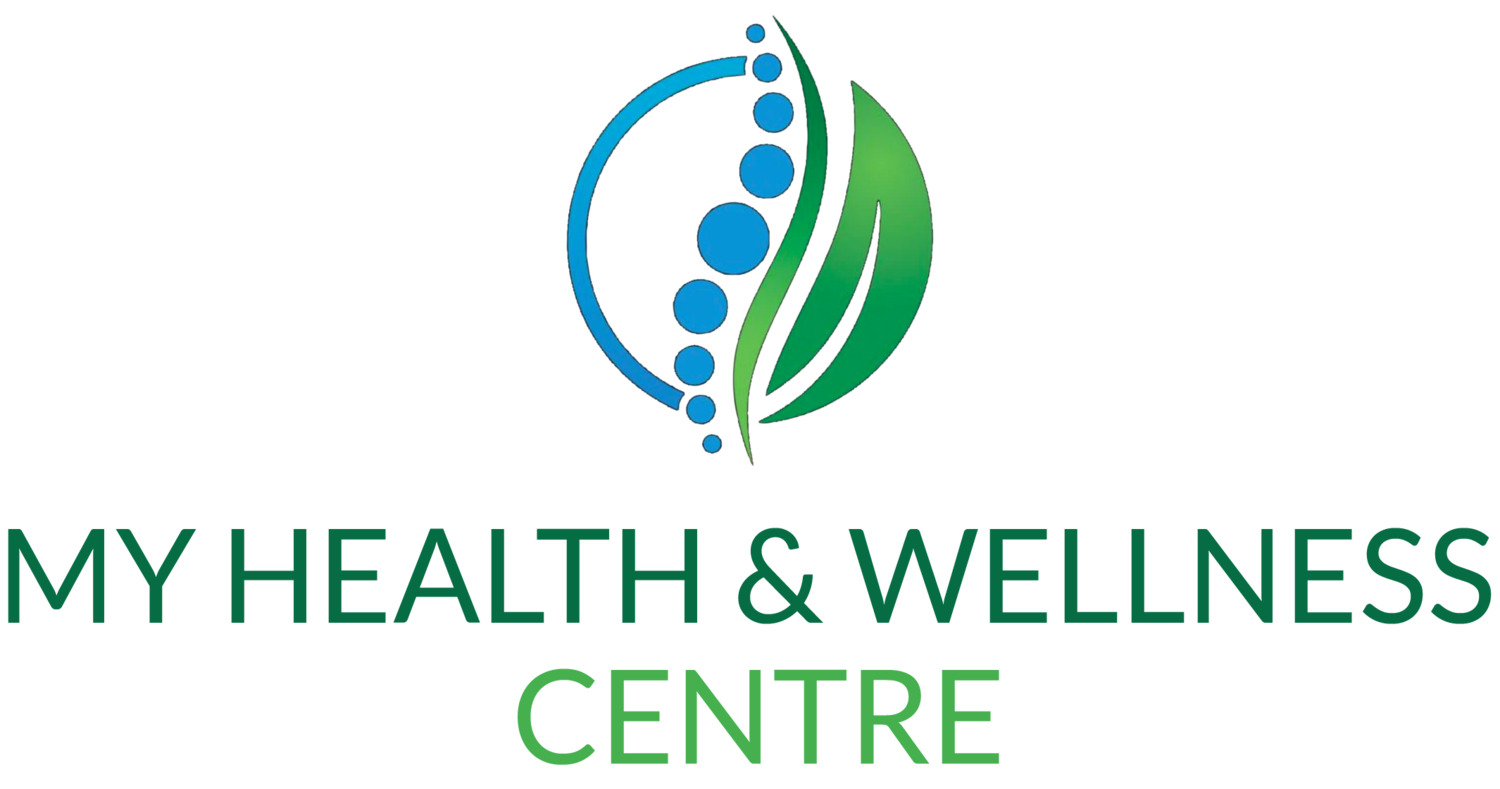By Meisha Krogh, Osteopath. B App Sci (Clin Sci)/ B Clin Sci (Osteopathy)
Headaches, for those who are unlucky enough to suffer from them, are something that can greatly affect your ability to function in day to day life. While most people will suffer from headache or migraine at some point in their lifetime, they are more common in people of working age and cost the Australian economy significantly each year. Many people suffer from regular headaches and report having to miss work or school and may use high levels of over the counter or prescription pain killers.
There are a variety of different types of headache, ranging from sinus and tension headaches to migraines. Although painful and debilitating, most headaches are not caused by any serious illness but are the result of various triggers such as posture, eye strain or glare, sinus irritation, dehydration, alcohol use and lack of sleep. Certain foods can also be triggers. Most often a headache is the result of an accumulation of several of these factors up to a threshold whereby the headache or migraine is triggered. In smaller amounts and not added together these factors won't always lead to a headache so it can be difficult for people to pinpoint their triggers. This is why headaches can be difficult to manage and people can become resigned to suffering them for years.
Seeing your osteopath is a good place to start if you are suffering headaches as we have the training to diagnose the cause of your headaches with careful questioning and examination. We can also of course use our manual skills to address the musculoskeletal causes of your headache. Tension headaches, which are the most common type of headache, stem from postural dysfunction in the neck and upper back so there is a very good chance that your osteopath can help you to resolve them. Migraines too commonly have a musculoskeletal element and can often be improved with manual therapy.
When you see an osteopath for your headaches, you can expect them to examine your posture, including lower and upper back but they will especially examine the movement and muscle tone of your neck and upper back. They may also do special tests to assess if medical factors are present, including taking your blood pressure and simple neurological screening. The osteopath will then use various techniques to address any problem areas they find, including massage, stretching, gentle unwinding and cranial osteopathy techniques and sometimes neck manipulation. They may_also use adjunctives such as needling, heat or ultrasound. The approach will always be tailor made to you as an individual, with respect to your needs and preferences. Your osteopath may also provide certain advice for managing your headaches, such as stretches or other exercises, workspace ergonomic advice and ways to identify triggers.
Some headaches may have an underlying medical cause, and these should not be ignored. For example, high blood pressure or other vascular events, iron deficiency, hormonal changes, concussion or even a space occupying lesion inside the skull. Your osteopath may use different screening methods to rule out these more serious causes of head pain or refer you for further investigation if there is suspicion of underlying illness. You should always see your GP if suffering from new or different headaches, especially if they are severe. If you have a sudden, severe headache and it is accompanied by nausea, vomiting, blacking out, loss of vision, difficulty with walking or speaking, high fever or numbness in the arms or legs you should seek urgent medical care (go to emergency or phone 000). Most other headaches you can talk to your GP or other primary health care physician such as an osteopath or acupuncturist for effective guidance and treatment.
Sources:
1. Deloitte. Migraine in Australia White Paper.
https://www2.deloitte.com/au/en/pages/economics/articles/migraine-australiawhitepaper.html
2. Migraine and Headache Australia. https://headacheaustralia.org.au/
3. Healthdirect. Headaches. https://www.healthdirect.gov.au/headac

